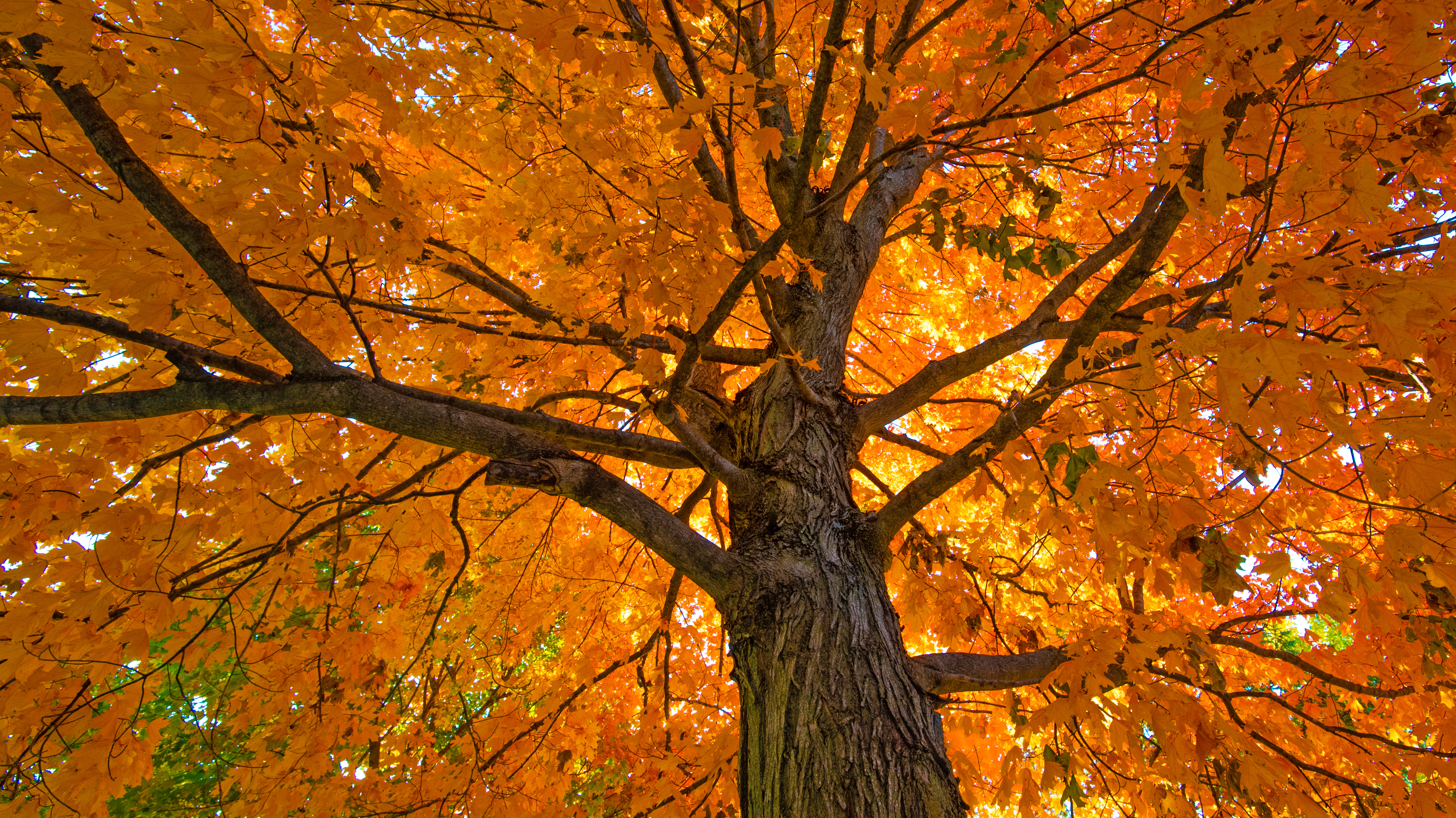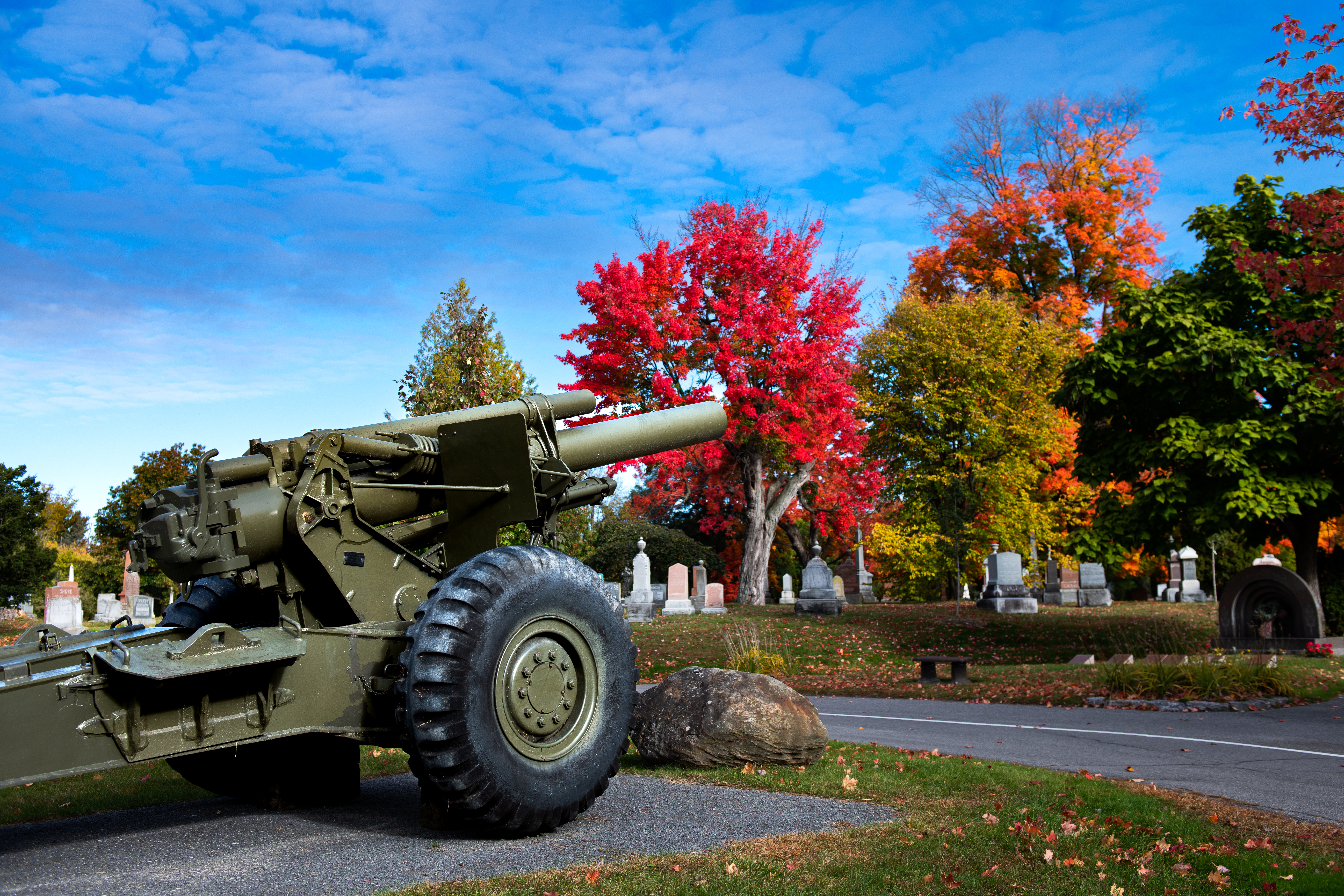
In the Gardens - The Majesty of the Sugar Maple (Acer saccharum)
The Sugar Maple, known scientifically as Acer saccharum, is an iconic tree that stands as a symbol of natural beauty and ecological importance in North America. Renowned for its stunning fall foliage and the production of maple syrup, this tree is a cherished presence in forests and landscapes across the northeastern United States and southeastern Canada.
Characteristics and Appearance
The Sugar Maple can reach impressive heights of up to 75-100 feet, with a canopy spread of 50-75 feet. Its leaves, typically 3-5 inches long and wide, are characterized by their five-lobed, palmate structure. Throughout the year, the foliage transitions from lush green in the summer to vibrant hues of yellow, orange, and red in the fall, making it a standout in any landscape.

Habitat and Growing Conditions
Acer saccharum thrives in well-drained, fertile soils and prefers full sun to partial shade. It is often found in hardwood forests and along hillsides, where the soil is moist but not waterlogged. This tree is highly adaptable and can tolerate a range of soil pH levels, making it a versatile choice for various planting sites.
Historical and Cultural Significance
The Sugar Maple holds a significant place in North American history and culture. People valued the tree for its sweet sap, which is boiled down to produce maple syrup and sugar. Today, the process of tapping Sugar Maples and producing syrup remains a time-honored tradition, especially in regions like Vermont and Quebec. The Sugar Maple is also the state tree of New York, West Virginia, Wisconsin, and Vermont, and is featured prominently on the Canadian flag.
Ecological Importance
Ecologically, the Sugar Maple plays a crucial role in its native habitats. Its dense canopy provides shelter for various wildlife species, including birds, squirrels, and insects. The tree's sap and seeds are vital food sources for many animals, and its leaves contribute to the nutrient cycle through decomposition, enriching the soil.
Landscaping and Uses
In landscaping, the Sugar Maple is prized for its shade and ornamental beauty. Its impressive size and striking fall colors make it an excellent choice for parks, large gardens, and urban green spaces. Additionally, its wood is highly valued for its strength and fine grain, making it a preferred material for furniture, flooring, and musical instruments.
Beechwood's Sugar Maples
Visitors to Beechwood Cemetery can find the majestic Sugar Maples across the cemetery and lining the back of the National Military Cemetery Main Monument. The Sugar Maple is more than just a beautiful tree; it is a cornerstone of North American ecology and culture.
Whether you're an avid gardener, a nature enthusiast, or someone who appreciates the rich traditions of maple syrup production, Acer saccharum offers much to admire. Its durability, ecological contributions, and breathtaking beauty make it a treasured species worthy of celebration and preservation.

